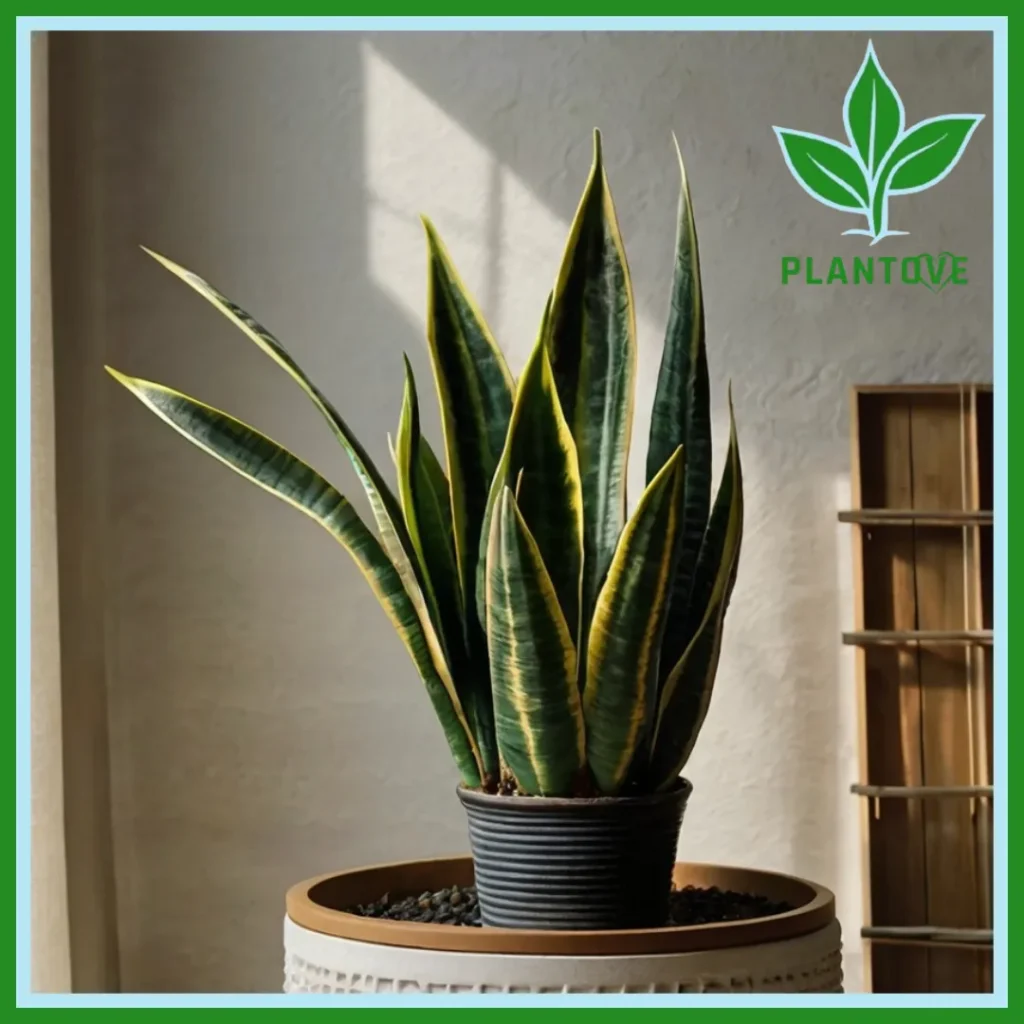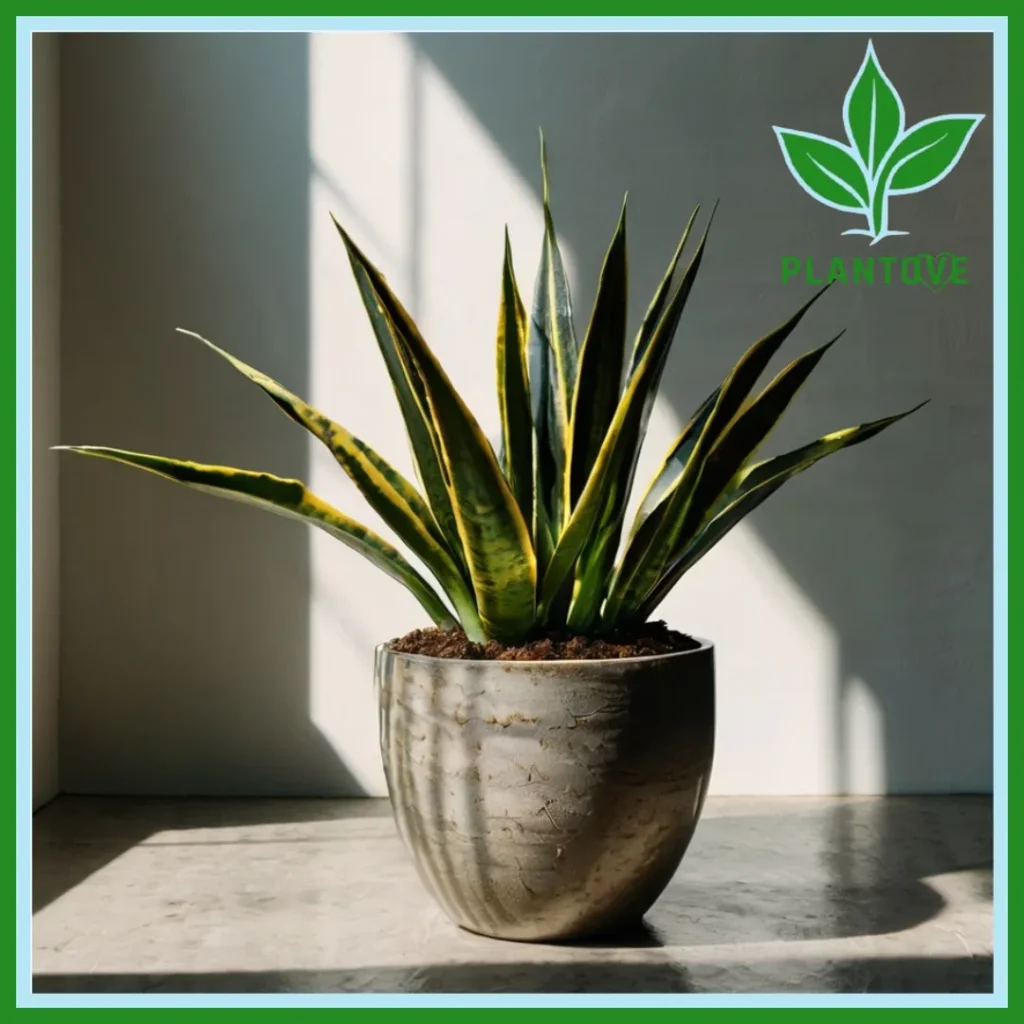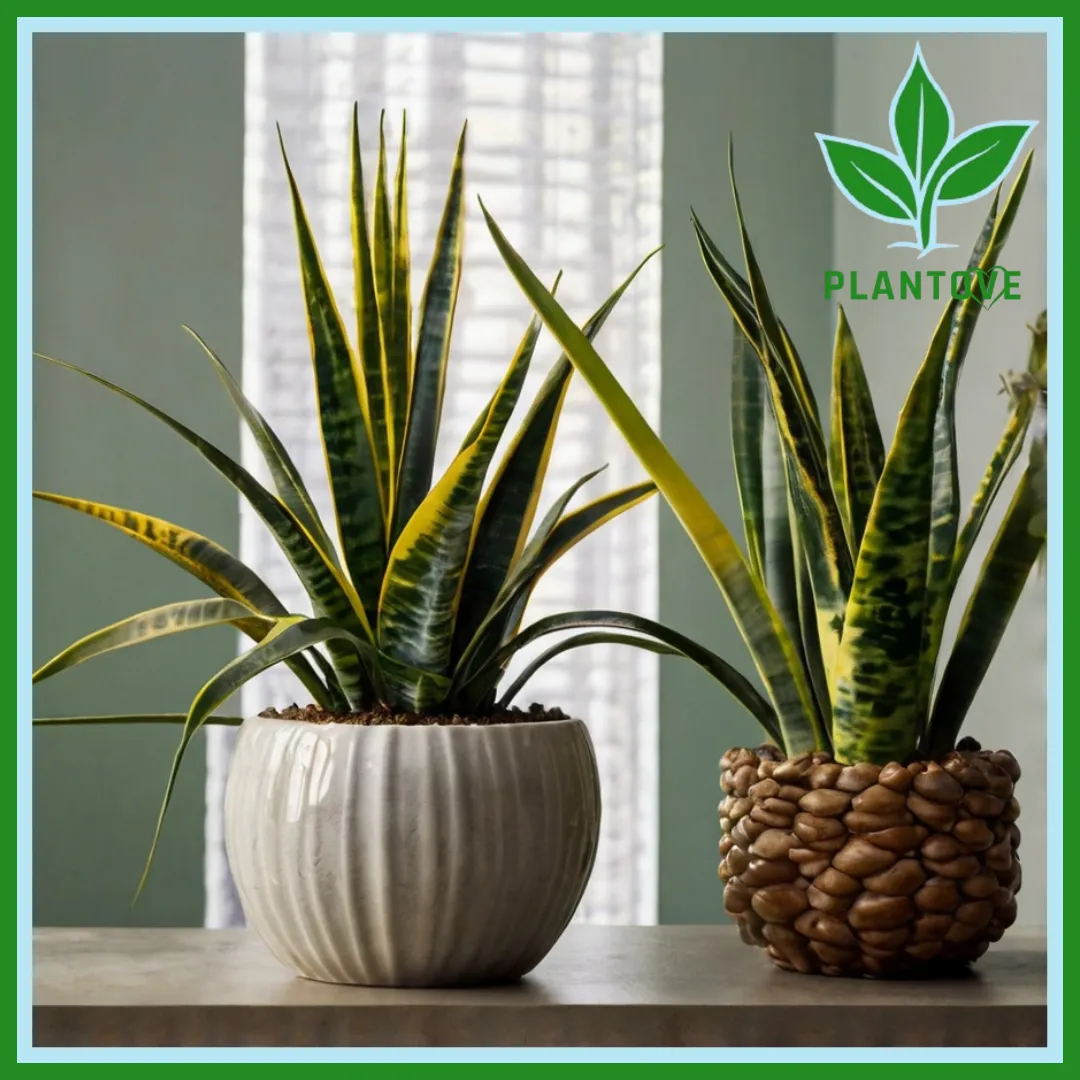The Sansevieria plant, also known as the snake plant or mother-in-law’s tongue, is one of the most popular houseplants worldwide. Known for its striking sword-like leaves and low maintenance requirements, the Sansevieria plant is ideal for both beginner and experienced plant enthusiasts. In this article, we will explore everything you need to know about this hardy plant, including its benefits, care tips, propagation methods, and various varieties.
What is the Sansevieria Plant?
The Sansevieria plant is a succulent species native to Africa, Madagascar, and parts of Asia. Its scientific name is Sansevieria trifasciata, though it is more commonly referred to as the snake plant due to its long, upright leaves that resemble snakes. The plant is beloved for its air-purifying properties, ease of care, and ability to thrive in low light conditions, making it an excellent choice for indoor environments.
Sansevieria Plant Benefits
One of the most remarkable aspects of the Sansevieria plant is its range of benefits, both for your home environment and overall well-being. These benefits contribute to the plant’s popularity among indoor plant enthusiasts.
1. Air-Purifying Qualities
The Sansevieria plant is known for its ability to filter indoor air by removing toxins such as formaldehyde, xylene, toluene, and benzene. This makes it an excellent natural air purifier for homes, offices, and indoor spaces. Unlike many plants, the Sansevieria plant also releases oxygen during the night, making it a perfect bedroom plant that can improve air quality while you sleep.
2. Low Maintenance
A major benefit of the Sansevieria plant is its low maintenance requirements. It can thrive in low light conditions and only requires occasional watering, making it ideal for those who may not have a green thumb or are often away from home. Its hardy nature means it can tolerate neglect and still thrive, unlike many more delicate houseplants.
3. Decorative Appeal
With its upright, architectural leaves, the Sansevieria plant adds a modern and elegant touch to any space. Its striking form and variety of leaf patterns make it a versatile plant that fits well with different interior design styles. Whether placed in a minimalist home or a lush, plant-filled environment, the Sansevieria plant always stands out.
4. Health Benefits
In addition to purifying the air, the Sansevieria plant has been shown to reduce airborne allergens and increase humidity levels in indoor spaces. These factors can help reduce the incidence of dry skin, colds, and other respiratory issues. By improving the overall air quality, the Sansevieria plant contributes to a healthier indoor environment.
Sansevieria Plant Care: How to Keep Your Plant Thriving

The Sansevieria plant is famous for being one of the easiest houseplants to care for. While its low maintenance needs are a big draw, understanding the basics of Sansevieria plant care will ensure that your plant remains healthy and beautiful for years to come.
1. Light Requirements
The Sansevieria plant is highly adaptable when it comes to lighting. It can thrive in low light conditions, making it perfect for rooms with limited sunlight. However, it grows best in indirect or bright, filtered light. Direct sunlight should be avoided as it can scorch the plant’s leaves, causing them to turn yellow or brown.
For optimal growth, place your Sansevieria plant in a spot where it receives bright but indirect light for several hours a day. It will also survive in darker corners of your home, though it may grow more slowly.
2. Watering
One of the key aspects of Sansevieria plant care is proper watering. The plant is a succulent, meaning it stores water in its thick leaves and does not require frequent watering. Overwatering is the most common cause of problems, as it can lead to root rot.
Water your Sansevieria plant when the top inch of soil feels dry to the touch. During the growing season (spring and summer), this will typically mean watering every 2-4 weeks. In the cooler months (fall and winter), the plant’s water needs decrease, so you can reduce the frequency of watering to once a month or even less.
3. Soil and Potting
The Sansevieria plant thrives in well-draining soil, similar to what you would use for other succulents. A mix of cactus soil or a combination of potting soil with sand or perlite is ideal for ensuring proper drainage. When planting or repotting your snake plant, make sure to choose a pot with drainage holes to prevent water from accumulating at the bottom.
4. Temperature and Humidity
The Sansevieria plant is highly tolerant of a wide range of temperatures, making it suitable for most indoor environments. It thrives in temperatures between 60°F and 85°F (16°C to 29°C) but can survive in temperatures as low as 50°F (10°C). However, it is best to avoid exposing the plant to cold drafts or freezing conditions, as this can damage its leaves.
In terms of humidity, the Sansevieria plant is not fussy. It can tolerate both low and high humidity levels, making it adaptable to various indoor climates.
Sansevieria Plant Propagation

Propagating the Sansevieria plant is a simple and rewarding process. There are several methods for Sansevieria plant propagation, each with its own benefits. Whether you’re looking to expand your plant collection or share this beautiful plant with others, propagation is an easy way to create new plants.
1. Propagating by Leaf Cuttings
One of the most popular methods for propagating the Sansevieria plant is through leaf cuttings. To do this, use a sharp knife or scissors to cut a healthy leaf from the base of the plant. Cut the leaf into several 2-3 inch sections, ensuring that you remember which end is the bottom.
Place the leaf cuttings in a well-draining potting mix, burying the bottom of each cutting about an inch deep. Water the cuttings lightly and place the pot in a bright, indirect light location. Within a few weeks, the cuttings will start to develop roots and eventually grow into new plants.
2. Propagating by Division
For larger, mature Sansevieria plants, propagation by division is another effective method. This involves separating the plant into smaller sections, each with its own set of roots and leaves. Gently remove the plant from its pot and carefully divide the root ball into two or more sections, using a sharp knife if necessary.
Repot each section in its own pot with fresh soil, water thoroughly, and place them in a bright location. Division is an excellent method for creating new plants quickly and can also help rejuvenate an overgrown Sansevieria plant.
Sansevieria Varieties: A Look at the Different Types
There are many different Sansevieria varieties, each with its own unique appearance and characteristics. Here are some of the most popular types of Sansevieria plants you may want to consider adding to your collection.
1. Sansevieria trifasciata ‘Laurentii’
This is the most commonly recognized Sansevieria variety, known for its tall, sword-shaped leaves with distinctive green and yellow striping. The Laurentii variety is widely available and makes a striking statement in any room.
2. Sansevieria trifasciata ‘Moonshine’
The ‘Moonshine’ variety is prized for its silvery-green leaves that have a ghostly, ethereal appearance. Its leaves are shorter and wider than the Laurentii, making it a popular choice for more compact spaces.
3. Sansevieria cylindrica
Unlike other Sansevieria varieties, the Sansevieria cylindrica features cylindrical leaves that grow in an upright, spear-like fashion. Its unique appearance and architectural form make it a standout plant for modern interior designs.
4. Sansevieria ‘Futura Robusta’
This compact variety features thick, sturdy leaves with a silver and dark green striped pattern. Its shorter stature makes it ideal for tabletops and smaller spaces.
Conclusion: Why the Sansevieria Plant is a Must-Have for Plant Enthusiasts
The Sansevieria plant is not only one of the most visually striking houseplants, but also one of the easiest to care for. With its air-purifying qualities, low maintenance requirements, and decorative appeal, it’s no wonder that the Sansevieria plant has become a favorite among plant lovers worldwide. Whether you’re a seasoned plant enthusiast or just starting out, this resilient plant will thrive in almost any indoor environment, providing beauty and benefits for years to come.
Understanding proper Sansevieria plant care, learning how to propagate new plants, and exploring the various Sansevieria varieties are key to maximizing your enjoyment of this wonderful plant. With minimal effort, you can enjoy the beauty and health benefits that the Sansevieria plant brings to your home.

